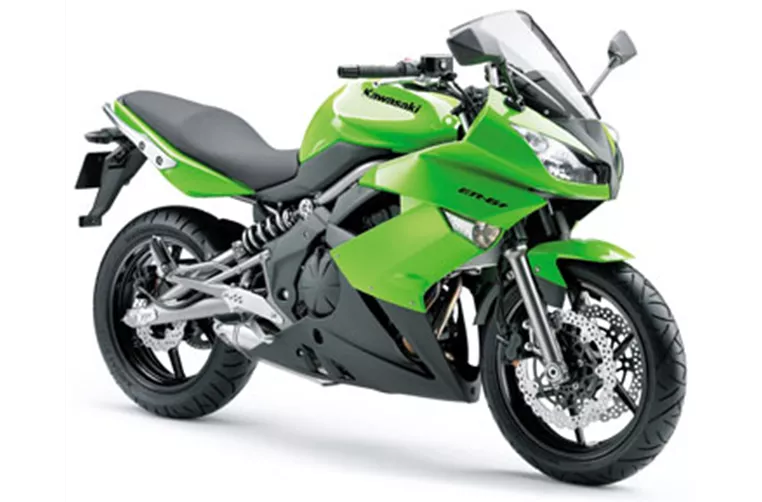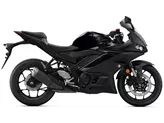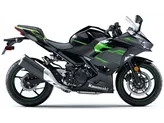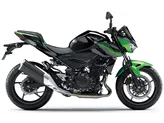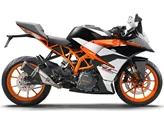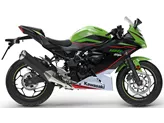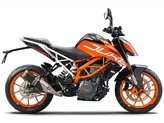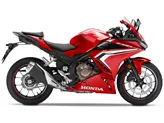Kawasaki ER-6f 2009 vs. Kawasaki Ninja 400 2018

Kawasaki ER-6f 2009

Kawasaki Ninja 400 2018
Pregled - Kawasaki ER-6f 2009 vs Kawasaki Ninja 400 2018
The Kawasaki ER-6f 2009 and the Kawasaki Ninja 400 2018 are both sporty motorcycles, but they have some notable differences in their technical specifications and strengths.

Kawasaki ER-6f 2009
The Kawasaki ER-6f 2009 is equipped with an inline, 4-stroke engine with a displacement of 649cc. It produces 72 horsepower and 66 Nm of torque, providing a powerful sound and excellent mobility. The compression ratio is 11.3, and it has a steel frame for stability. The front brakes are double disk, and the front and rear tire diameters are 17 inches. The seat height is 785mm, and the fuel tank capacity is 15.5 liters. The ER-6f is visually sophisticated and offers a safe riding experience, making it suitable for both (re-)beginners and experienced riders. However, some riders may find the 72 horsepower to be lacking in power.
On the other hand, the Kawasaki Ninja 400 2018 features an inline, 4-stroke engine with a displacement of 399cc. It produces 45 horsepower and 38 Nm of torque, with a compression ratio of 11.5. The chassis is designed for sporty use, providing a low weight and effortless handling. The front brakes are single disk, and the front and rear tire diameters are also 17 inches. The seat height and fuel tank capacity are the same as the ER-6f, at 785mm and 14 liters respectively. The Ninja 400 offers a relaxed and confidence-enhancing seating position, along with LED headlights for improved visibility. However, some riders may find the brake and clutch levers not adjustable, and taller riders over 180cm may experience enormously loud wind noise with the original windshield.

Kawasaki Ninja 400 2018
In summary, the Kawasaki ER-6f 2009 is a powerful and visually sophisticated sport touring motorcycle, suitable for riders looking for a safe and reasonably priced option. The Kawasaki Ninja 400 2018, on the other hand, is a supersport motorcycle with a chassis designed for sporty use, offering low weight and effortless handling. It has a smooth engine response and a relaxed seating position, making it ideal for riders seeking a thrilling and confident riding experience. However, it is important to note that the Ninja 400 may have some limitations such as non-adjustable brake and clutch levers and loud wind noise for taller riders.
Tehnične specifikacije Kawasaki ER-6f 2009 v primerjavi z Kawasaki Ninja 400 2018
Primerjava prednosti in slabosti
Primerjava prednosti in slabosti
Kawasaki ER-6f 2009
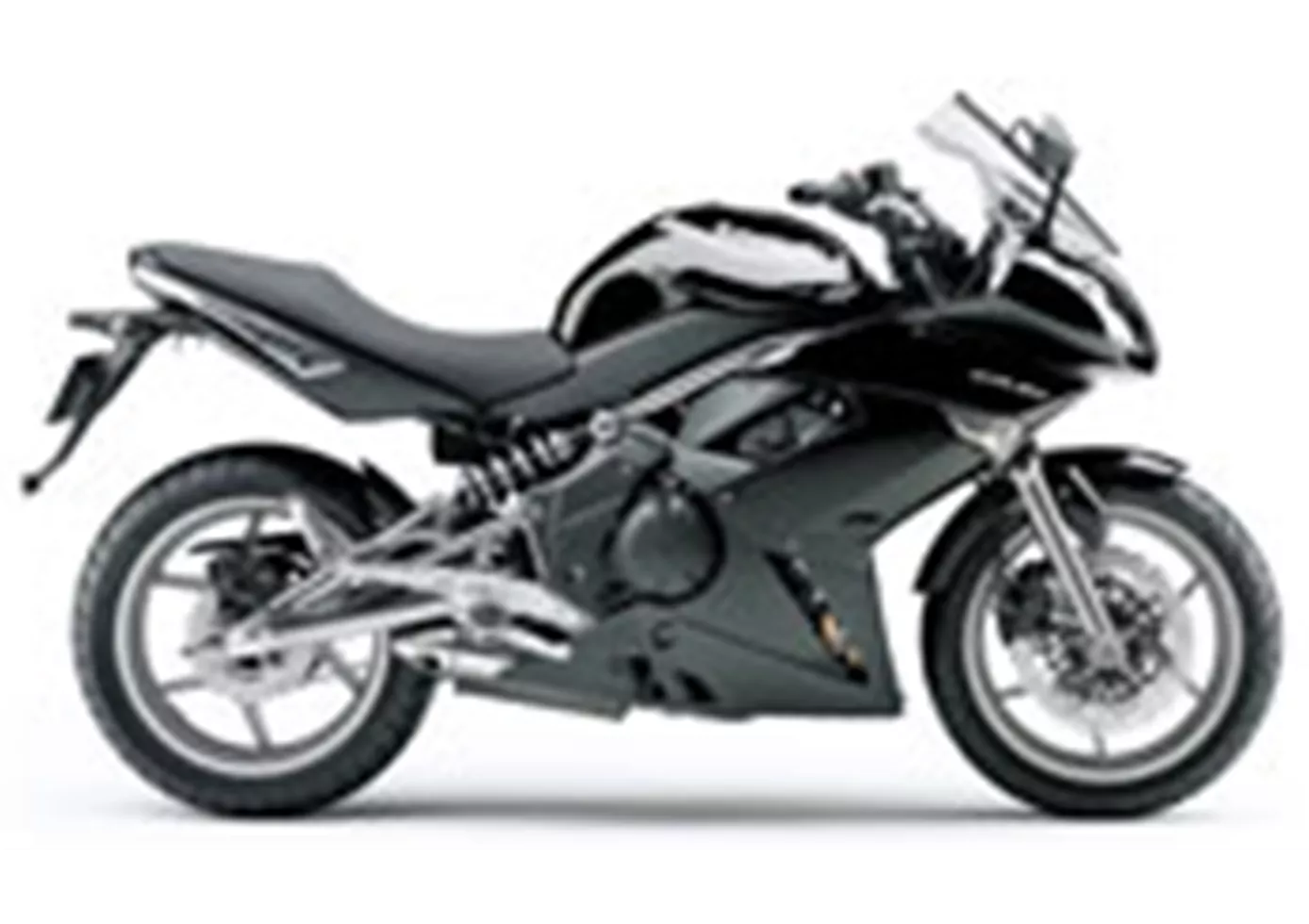
Ne glede na to, ali se z njim peljete na dolgočasno pot v službo ali na daljše izlete, udoben položaj sedenja, tih in nizkovibracijski vrstni dvovaljnik ter okretnost kotnega gibanja prinašajo užitek v vožnji v vsaki situaciji.
Kawasaki Ninja 400 2018

Če povzamemo, lahko Ninja 400 označimo kot popoln vstop v svet superšportnikov. Z A2 ne morete dobiti večje moči, videz nakazuje veliko večjo moč, vozilo je igrivo za vožnjo, je v vseh pogledih prizanesljivo in še vedno omogoča resnično športen slog vožnje. Tisti, ki so imeli upravičene pomisleke glede pomanjkanja moči pri različnih 250-kubičnih strojih, zdaj nimajo več izgovorov. Ninja 400, dobro, da te imamo!
Primerjava povprečnih tržnih cen Kawasaki ER-6f vs Kawasaki Ninja 400
There are a few key differences between a Kawasaki ER-6f 2009 and a Kawasaki Ninja 400 2018. It takes less time to sell a Kawasaki ER-6f with 70 days compared to 105 days for a Kawasaki Ninja 400. Since model year 2006 1000PS.de editors have written 7 reviews for the Kawasaki ER-6f and 9 reviews for the Kawasaki Ninja 400 since model year 2018. The first review for the Kawasaki ER-6f was published on 1/25/2006 and now has more than 30,200 views. This compares to more than 44,300 views for the first review on Kawasaki Ninja 400 published on 11/22/2017.
